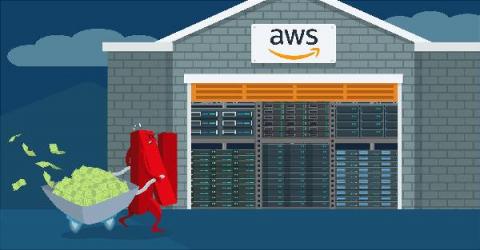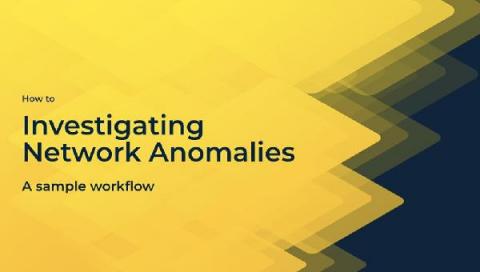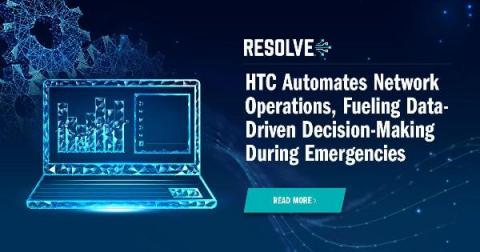Uptime Monitoring: A One-week Project, a Decade In the Making
We recently released uptime monitoring, a pretty big addition to our set of features. Our customers have often requested it, and it was a logical next step for us to add uptime monitoring to our app. In today’s post, we’ll explain how we went from considering uptime monitoring impossible to build, to building it in a week. We’ll break down how seemingly over-engineering can really pay off in the end.











